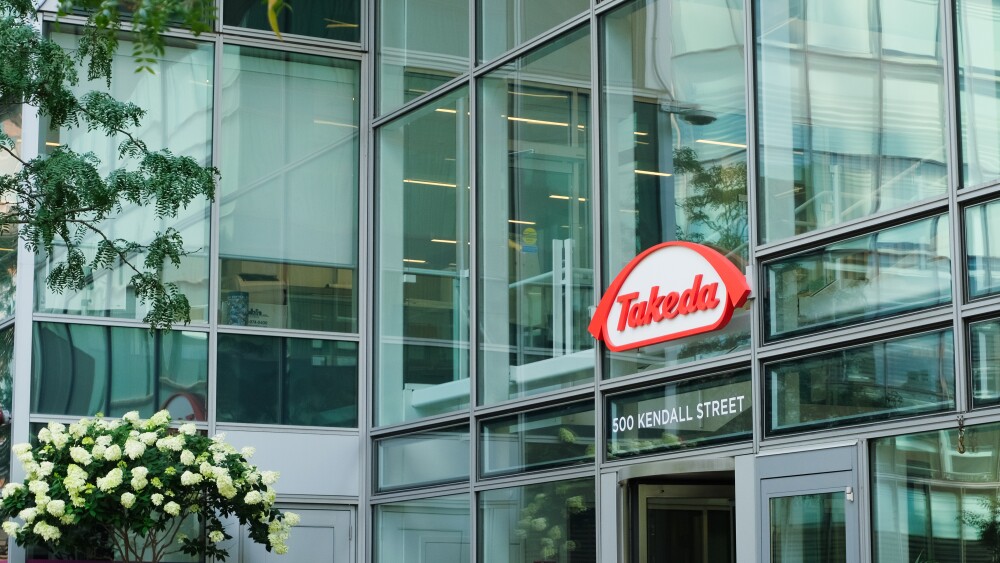After nixing a twice-daily version of its oral GLP-1 agonist, Pfizer is hoping to break into the weight-loss space with a once-daily version, but experts question its outlook.
With its announcement last week that it plans to move forward with a once-daily oral GLP-1 agonist dubbed danuglipron, Pfizer seeks to enter the popular weight loss area. While the space is undoubtedly lucrative, experts have differing views on whether Pfizer’s move is likely to pay off.
While advancing an oral GLP-1 can be seen as “incrementally positive,” David Risinger, a senior research analyst at Leerink, told BioSpace in an email, there is uncertainty about the drug’s efficacy and tolerability profile, which has yet to be determined.
Vamil Divan, a healthcare equity research analyst at Guggenheim Securities, was similarly apprehensive. “On this particular case, we’re a little more cautious that this is going to turn out to be the right decision,” he told BioSpace. “Are they just desperate and in some way [trying to] move in the [weight loss] space?”
Pfizer’s Second Try
Pfizer said the plan is to develop a once-daily, modified-release version of danuglipron and start dose optimization studies in the second half of the year. It is now running an open-label trial to assess safety and gather a pharmacokinetic profile of immediate and modified-release versions.
The announcement follows the late 2023 termination of Pfizer’s mid-stage trial for a twice-daily version of danuglipron in patients without type 2 diabetes due to a high rate of adverse events, including nausea and vomiting. The trial did reach the primary endpoint of a change in body weight. Divan said the “tough” tolerability profile is an aspect that may lead to hesitancy around the drug.
Pfizer uses the same molecule for the once-daily version but said it is being reformulated using a modified release mechanism. Risinger said the hope is that this mechanism can give a more convenient dosing option while resolving the tolerability issues.
While he and Divan emphasized the unknowns, Evan Seigerman, a managing director and senior research analyst at Bank of Montreal Capital Markets, told BioSpace that calling danuglipron a non-viable oral GLP-1 is “too reductive.” The weight loss for the twice-daily was “quite good,” with a body weight reduction of between 8% to 13% at 32 weeks, he said, adding that the high dropout rate was the main issue.
Divan said it’s not a huge surprise that Pfizer is pushing the drug despite the earlier setback, noting that the company has been “aggressively” discussing competing in the GLP-1 space. He added that Pfizer is under pressure to show wins in its pipeline and give investors a reason to be positive about its outlook for the next five years. Pfizer has seen a drop in revenue over the past few quarters after facing reduced demand for its COVID-19 products and has undertaken several cost-cutting measures, including layoffs.
“Fair to say they’re not in a position of strength right now as they are making these decisions,” Divan said. “And so, I think it just keeps us a little bit more cautious. Are they letting that influence their decisions, or are the decisions truly the best ones based on the data?”
Competition and Market
The only GLP-1 agonists approved so far for weight loss are injectable, but a number of companies are, like Pfizer, working to develop oral versions of the drugs. Experts pointed to Eli Lilly’s oral candidate, orforglipron, as a leader in this space. Mid-stage studies have indicated that Lilly’s drug has a weight reduction range of 9.4% to 14.7% after 36 weeks; Seigerman said that Phase III data for orforglipron should be out next year.
Other strong competitors include Structure Therapeutics, whose candidate GSBR-1290 has shown a mean weight loss of 6.2% in obese patients in a mid-stage trial. Roche’s oral weight loss candidate, which it acquired from Carmot Pharmaceuticals last year, has lowered body weight by 18.8% in early-stage trials.
Seigerman said the total GLP-1 market, which includes peptides, orals and injectables, is estimated to be worth around $200 billion. If Pfizer can get danuglipron onto the market by 2027 or 2028, it could rake in “a couple of billion” and significantly add to its bottom line, he said.
Risinger noted that in December 2022, Pfizer was expecting to reach peak oral GLP-1 sales of $10 billion, but was still deciding which candidate to bring forward. At that time, the company was touting lotiglipron, which was ultimately discontinued in 2023 due to evidence of heightened levels of liver transaminases in patients. Leerink is modeling 2032 sales of danuglipron at $2.4 billion, mainly due to the ease of manufacturing small molecules relative to peptides and biologics.
Despite the headwinds, Pfizer and its leadership said they are committed to the weight loss space. “[Pfizer CEO Albert Bourla is] very interested in obesity because he sees this as a very large, important . . . therapeutic area that they need to be involved in,” Seigerman said.






